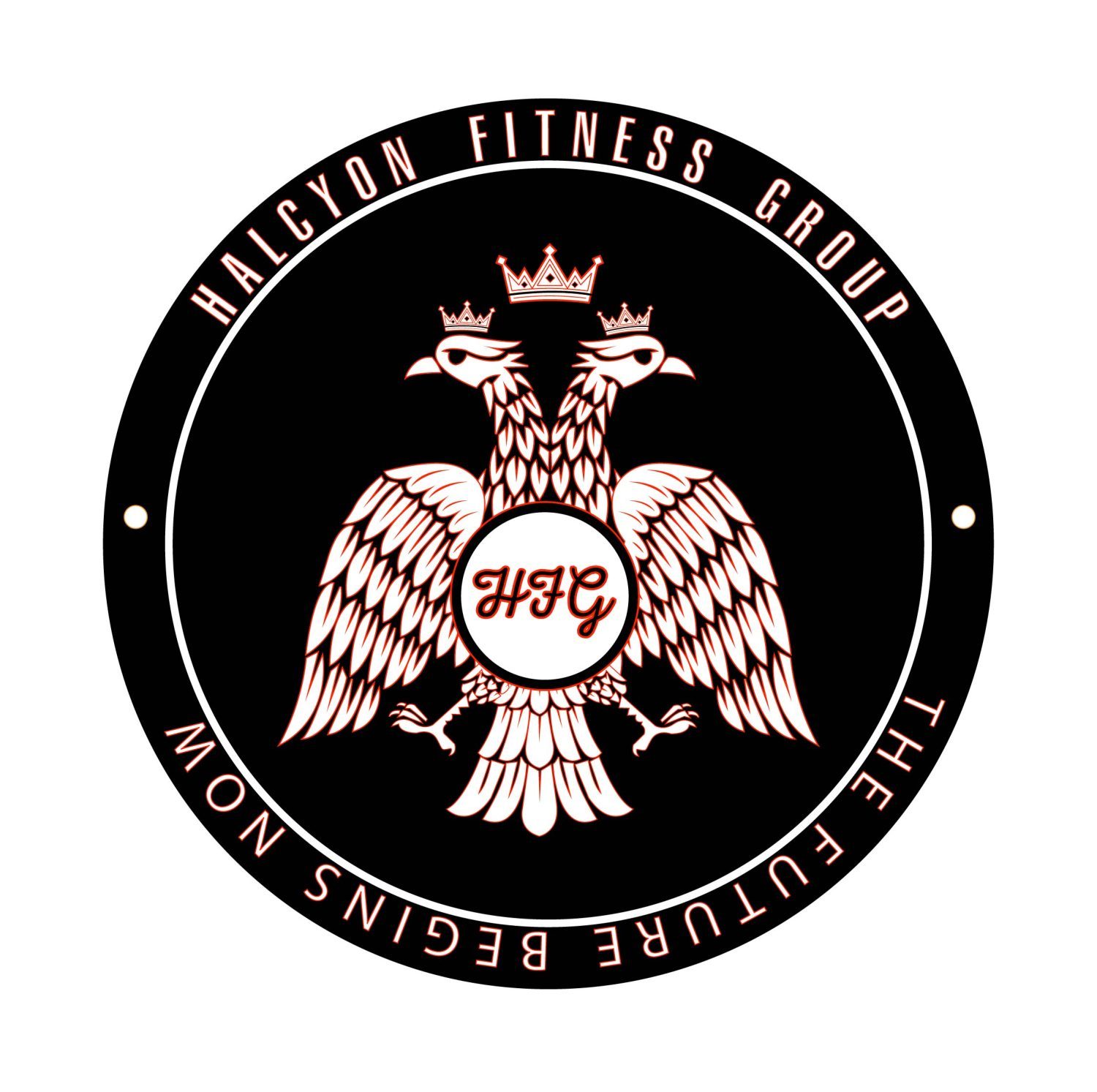NOTE: This article is not a substitute for sound medical advice. Please consult with your Primary Care Provider for all things health and wellness related.
For ages, people have wavered back and forth on the role of cardiovascular activity in the health debates by any and all who have something to say about health and wellness including yours truly. The frequency of cardio (or how many times and how long per session), what type (this ranges from Hot Yoga to running the equivalent of marathons) of cardio and to the various trends (HIIT, keto exercises, kickbiking and HIIS) that are “all the rage” today going into 2020. One thing can be said for sure, cardio will always involve one thing… sweat. But the question remains, how much cardio is enough? How much for weight loss/weight control? How much cardio will it take for a clear mind? How much cardio is too much? How much cardio… will lead to an OCD?
For most Americans, the old rule of thumb of cardio is still (per HHS standards, 2019) 75-300 minutes of moderate to vigorous activity spread out over 5-6 days per week. For those who are athletes, they have gone far and above these basic standards given by the Federal Government. For those on the opposite end, the morbidly obese (the largest growing cohort of the obese/overweight), the prescription (per the American Heart Association, 2016) is still walking. Walking on hills, walking- even just down the street and back is enough (a 15-30 minute stroll) to make a difference over time. Quite a few articles (at least one or two by yours truly) have been done on this topic and it holds true. So many ailments can be avoided through lifestyle choices- even if you hate exercise. Cardiovascular exercise is still one of the best ways to maintain a healthy weight, curb cravings and help rebuild heart, brain and gut health and function.
Cardiovascular conditioning can be fun, sometimes euphoric. I can attest to the last part. For those of you who are runners you can also testify to this. Those of you who hate running, who hate exercise, cardio is not- I repeat not– evil. According to many health and wellness experts, the amount of cardio and how you do the cardio matters. As for the aforementioned trends, you have hot yoga. This is highly popular as you kill two birds with one stone here. There is HIIT (which everyone should be familiar with by now) that really does work (as sworn on by millions worldwide) and now HIIS (High Intensity Interval Skipping). These two types of High Intensity Interval training does two things- raise your heart rate and makes you sweat. Plus the classes can do wonders for one’s social life as well. Kickbiking is a new on the stage for hot trends this year- kickbiking is literally an oversized scooter with big, fat, knobby tires capable of handling all terrain. The idea is to get the heart rate going, and of course, sweat.
Keto exercises are “keto-friendly” exercises that lend itself to the keto diet. For the type of diet that the keto diet is, the exercises of these workouts can range from low-intensity exercises such as elliptical machines to somewhat high-intensity workouts such as some types of weightlifting and sprinting.
Another aforementioned question is… how much cardio will clear the mind? We all know the benefits of exercises such as enhanced calm, better problem-solving skills, improved cognitive skills and improved brain matter. Even 10-15 minutes of low-impact biking can clear up a fogged-up brain, release tensions and bring about “the happy”.
How much cardio for weight loss/weight control? According to the National Institutes of Health, 30-45 minutes of moderate-intensity exercise will contribute to weight loss/weight control as well as curbing disease. For as many reasons as there are days on the calendar you have a good reason to include cardio in your workout regimen.
Lastly, how much cardio (or exercise in general) can become an OCD or an addiction? When you spend more time exercising than anything else- or simply exercise becomes like any other addiction, as it takes over your life. Exercising through illness (the exercise may have caused the illness), exercise “torpedoes” your schedule, and/or persisting in exercise despite negative outcomes (physical, spiritual and mental) in various areas of their lives.
IN CLOSING
In closing, cardio is a great way to build and enhance your life. This aticle was an overview of several types of cardio, plus a pro-con view of some of them. In this article, I have laid out various ways of how cardio can impact your life, both physically and mentally. I trust that this article has illustrated the pros and cons of cardiovascular activities and how people should consider making cardio part of their lives.
KNOWLEDGE is the master key of the basics. THE BASICS ALWAYS WIN.
SOURCES
[1] https://www.psychologytoday.com/us/blog/the-truth-about-exercise-addiction/201503/yes-you-can-get-addicted-exercise
[2] https://www.mayoclinic.org/healthy-lifestyle/fitness/expert-answers/exercise/faq-20057916
[3] https://www.dummies.com/health/exercise/cardio/following-a-cardio-plan-for-weight-loss/
[4] https://www.livestrong.com/article/522771-what-cardio-exercise-should-an-obese-person-do-to-burn-a-lot-of-fat/
[5] https://perfectketo.com/keto-exercise-plan/
[6] https://www.nhlbi.nih.gov/health/educational/lose_wt/phy_act.htm
[7] https://www.ncbi.nlm.nih.gov/pmc/articles/PMC3527647/
[8] https://www.mayoclinic.org/healthy-lifestyle/fitness/expert-answers/exercise/faq-20057916
[9] https://www.cdc.gov/healthyweight/









You must be logged in to post a comment.